Geiser Bros Trophy Truck Shop: It all started with Prerunners
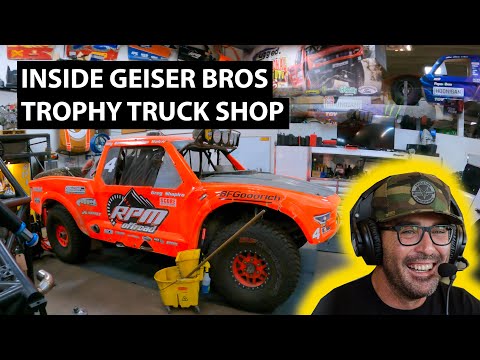
In the world of off-road adventures, prerunner trucks stand out as a thrilling blend of engineering prowess and creative customization. Born from the crucible of competitive racing and refined in dedicated workshops, these vehicles embody the spirit of exploration and innovation. Whether you’re a seasoned off-road enthusiast or a curious newcomer, understanding the legacy and mechanics of prerunner trucks can open a gateway to the exhilarating world of off-road experiences.
The Legacy of Prerunner Trucks: From Sand Rails to Trophy Trucks
The history of prerunner trucks is deeply intertwined with the evolution of off-road racing. The journey began in the late 20th century, when off-road pioneers started modifying trucks to pre-run race courses, ensuring they were familiar with the terrain before the main event. These precursors to modern prerunners were often built from sand rails and other lightweight vehicles.
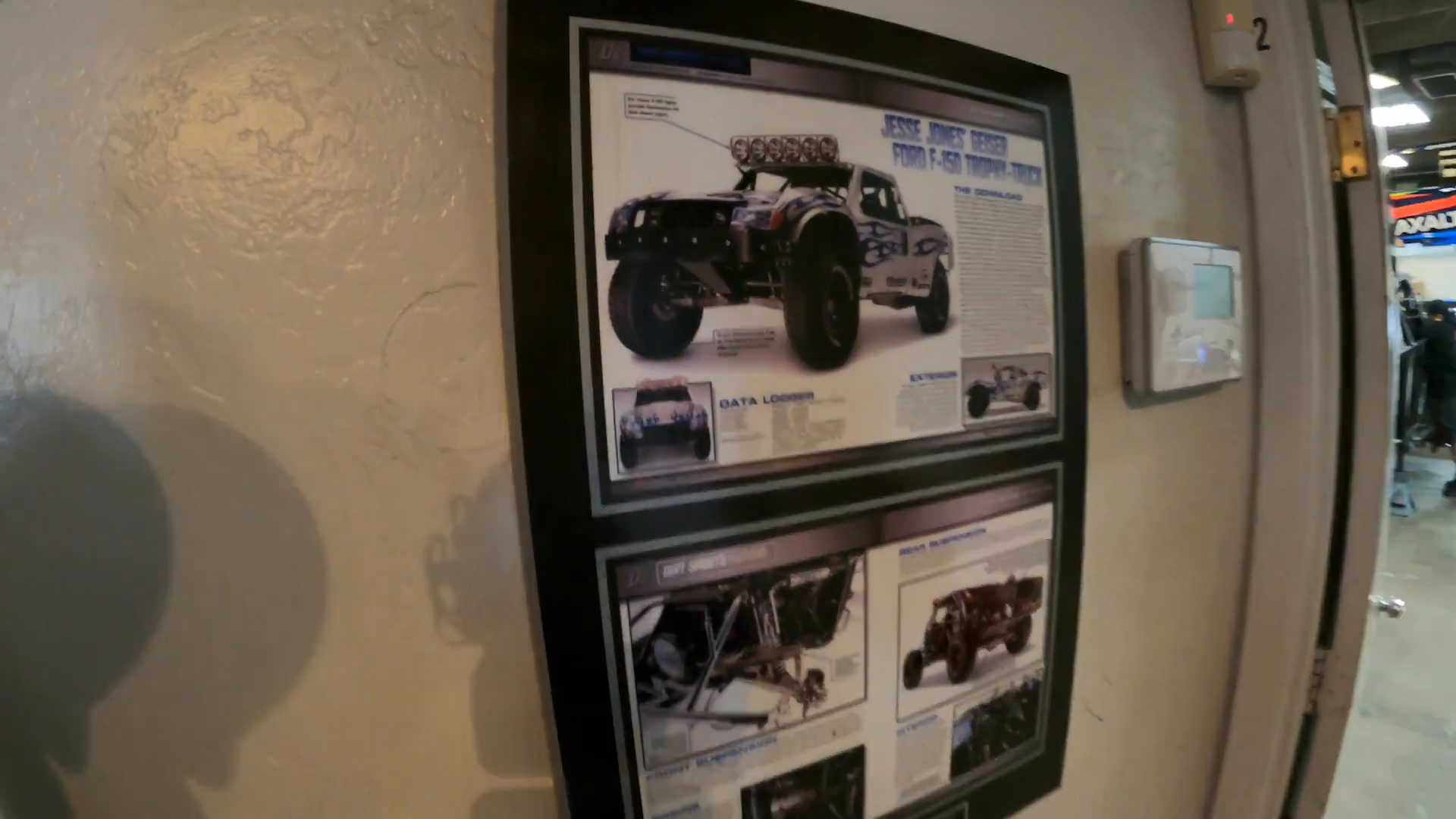
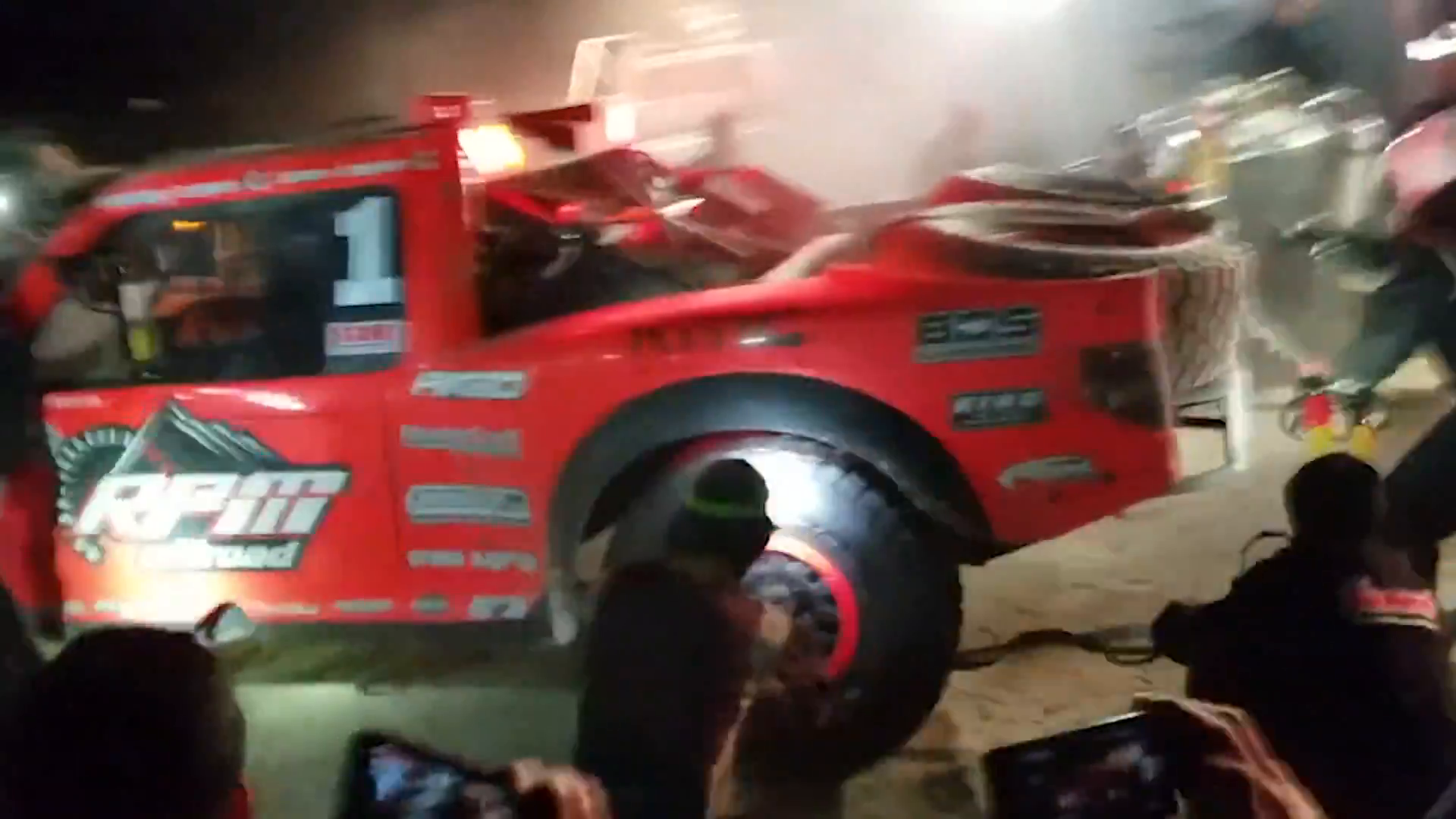
Walker Evans and the Rise of Class 8 Trucks
Walker Evans, a legendary figure in off-road racing, played a pivotal role in elevating the design and performance of these vehicles. His Class 8 trucks, like the one mentioned in our source, were some of the first to feature innovations such as longer wheelbases and enhanced suspension systems. These early models laid the foundation for the sophisticated prerunners we see today.
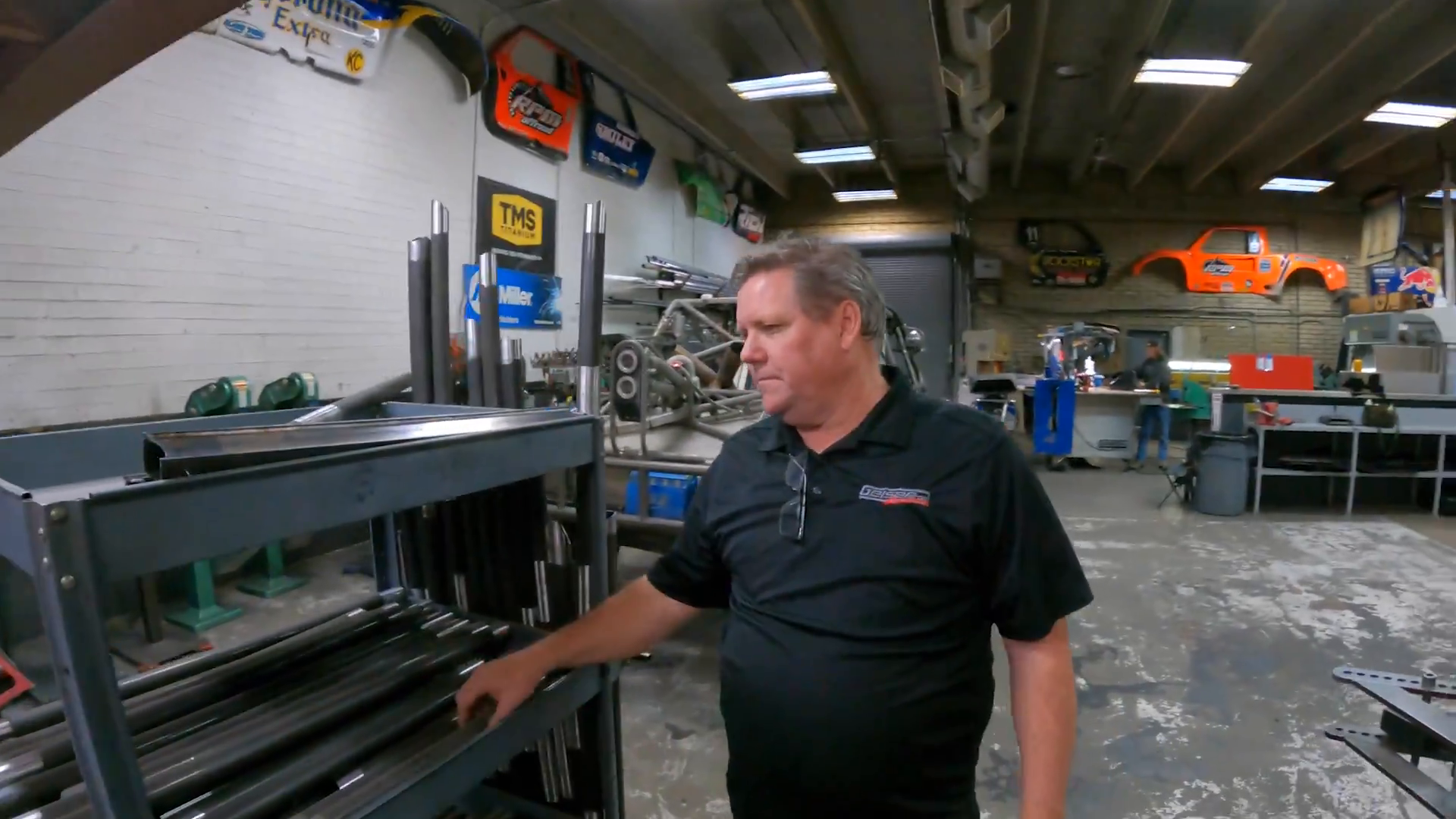
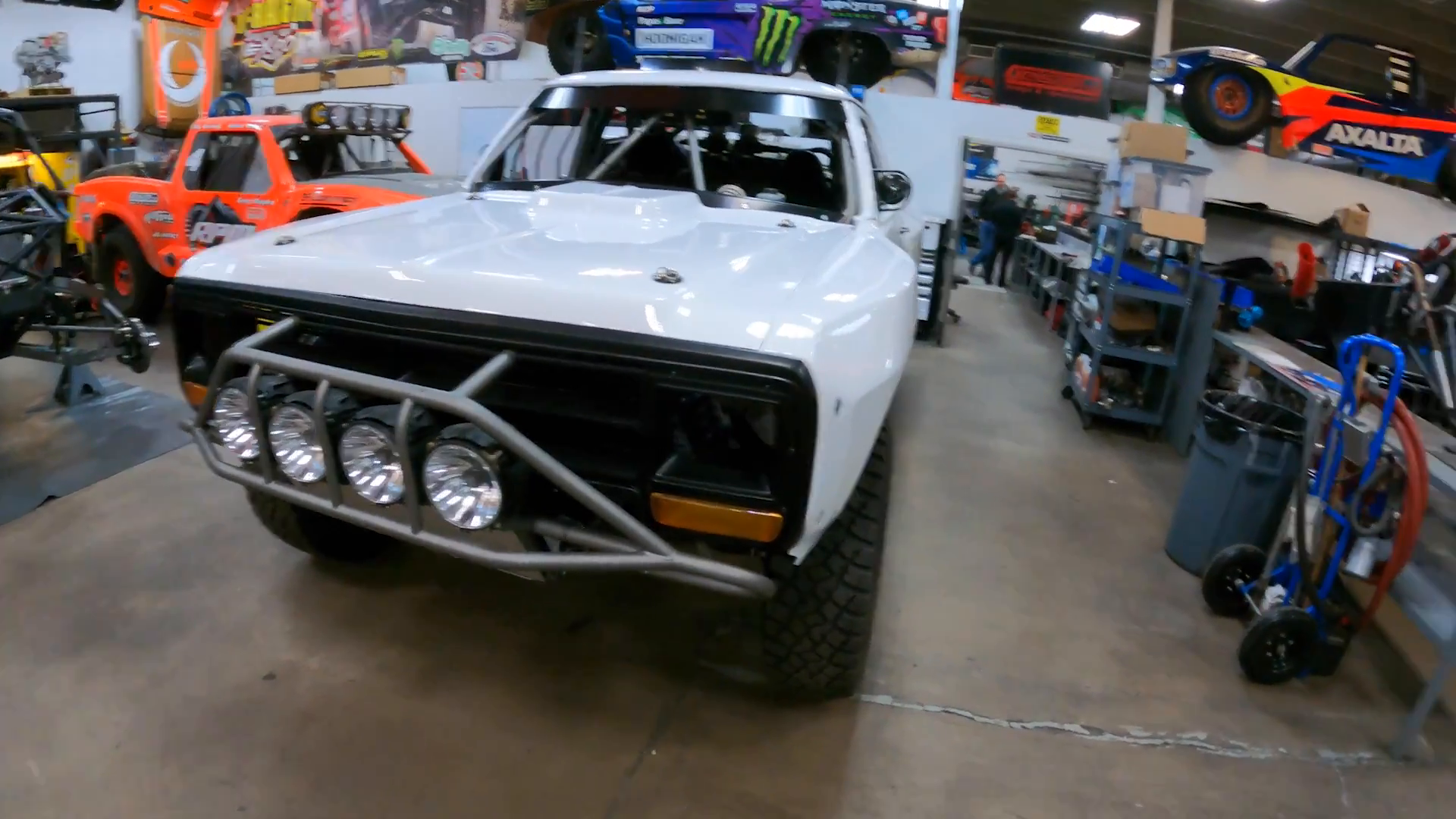
From Backyard Builds to Professional Workshops
Many of the most successful off-road builders started their journey in modest settings, often working from home garages or backyard workshops. Over time, dedicated enthusiasts like those referenced in our source have evolved into seasoned professionals, creating vehicles capable of tackling the most challenging terrains.
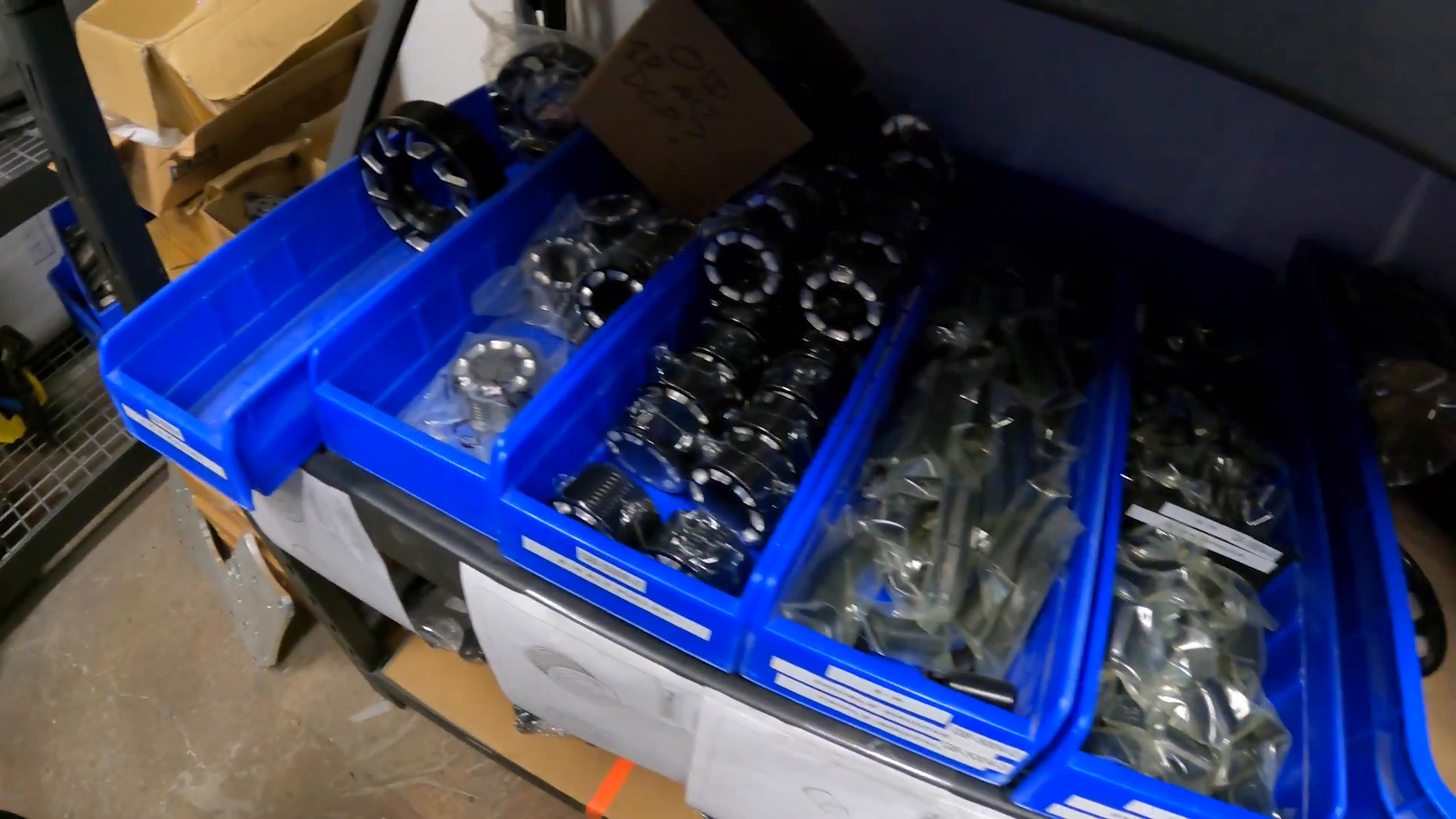
Modern Prerunners: Engineering Excellence and Customization
Today’s prerunners are marvels of engineering, combining high horsepower with superior suspension systems. Modern prerunner trucks, like the ones mentioned in the transcript, boast impressive features such as big block engines producing upwards of 1100 horsepower, allowing them to conquer vast desert landscapes with ease.
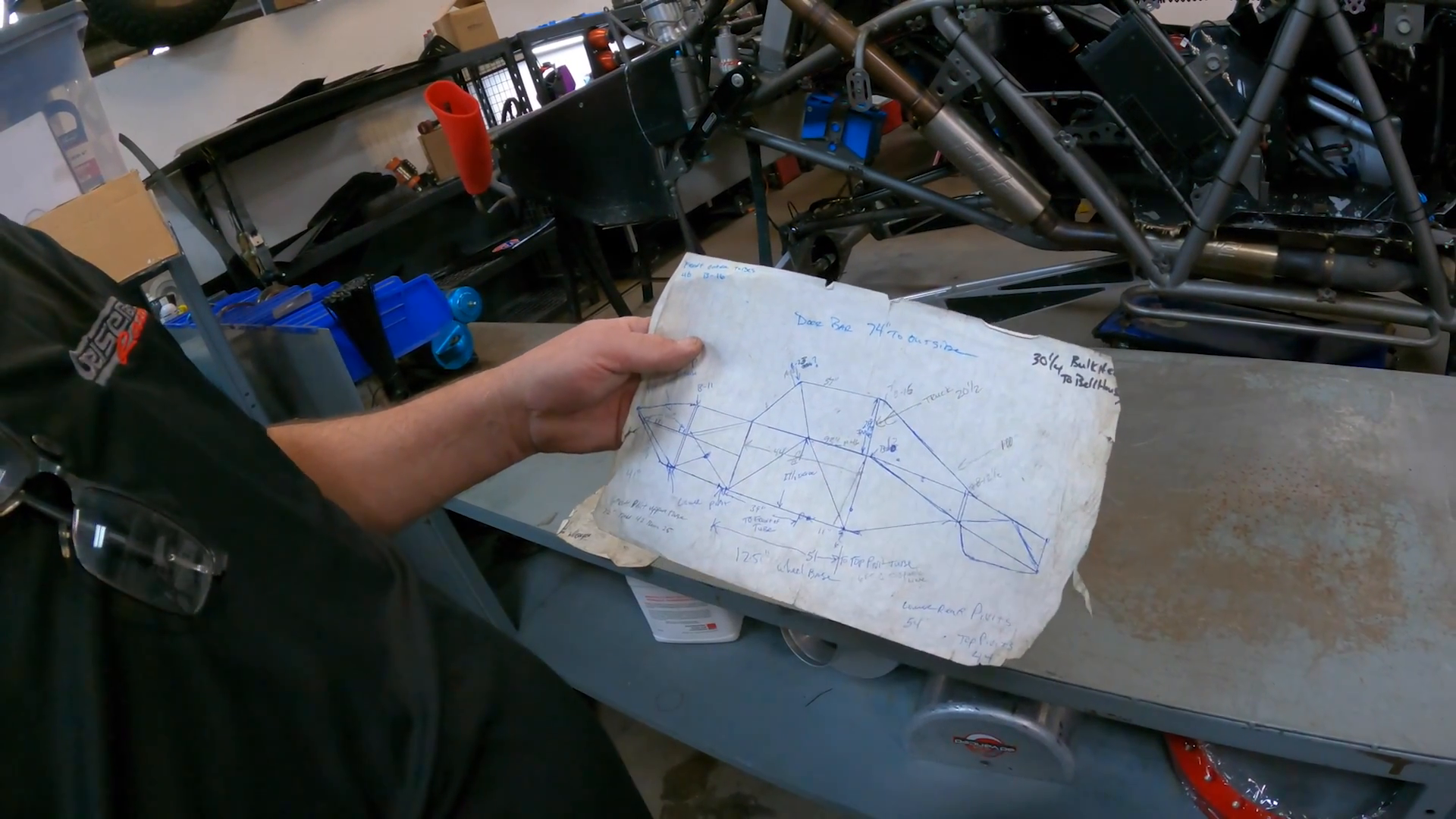
Key Components of a Prerunner Truck
- Engine Power: High-performance engines are the heart of any prerunner, providing the necessary power to navigate tough terrains.
- Suspension Systems: Advanced suspension setups are crucial, allowing for greater wheel travel and shock absorption, essential for handling rough landscapes.
- Chassis and Body Design: Modern prerunners feature lightweight yet durable chassis, often built from tubular steel to withstand the rigors of off-road racing.
- Tires and Wheels: Equipped with specialized off-road tires, prerunners are designed to maintain traction and stability across various surfaces.
Interchangeability with Race Components
One of the unique aspects of prerunner trucks is their compatibility with racing components. Many parts, such as suspension and steering systems, are shared with competitive trophy trucks, underscoring the robust design and adaptability of these vehicles.
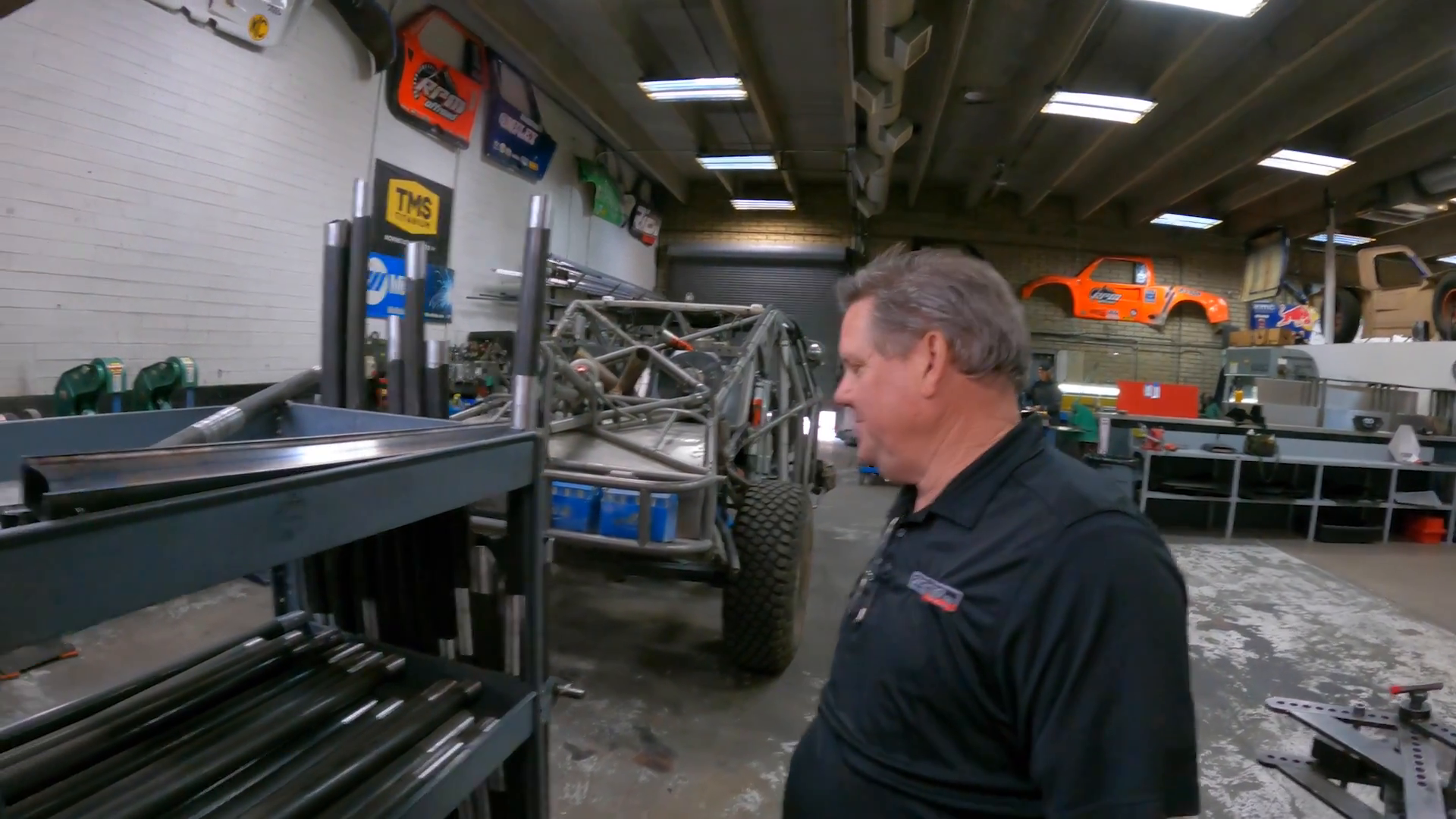
Building a Prerunner: Tips for Enthusiasts
Building a prerunner truck is a rewarding challenge that requires careful planning and attention to detail. Here are some expert tips to guide you through the process:
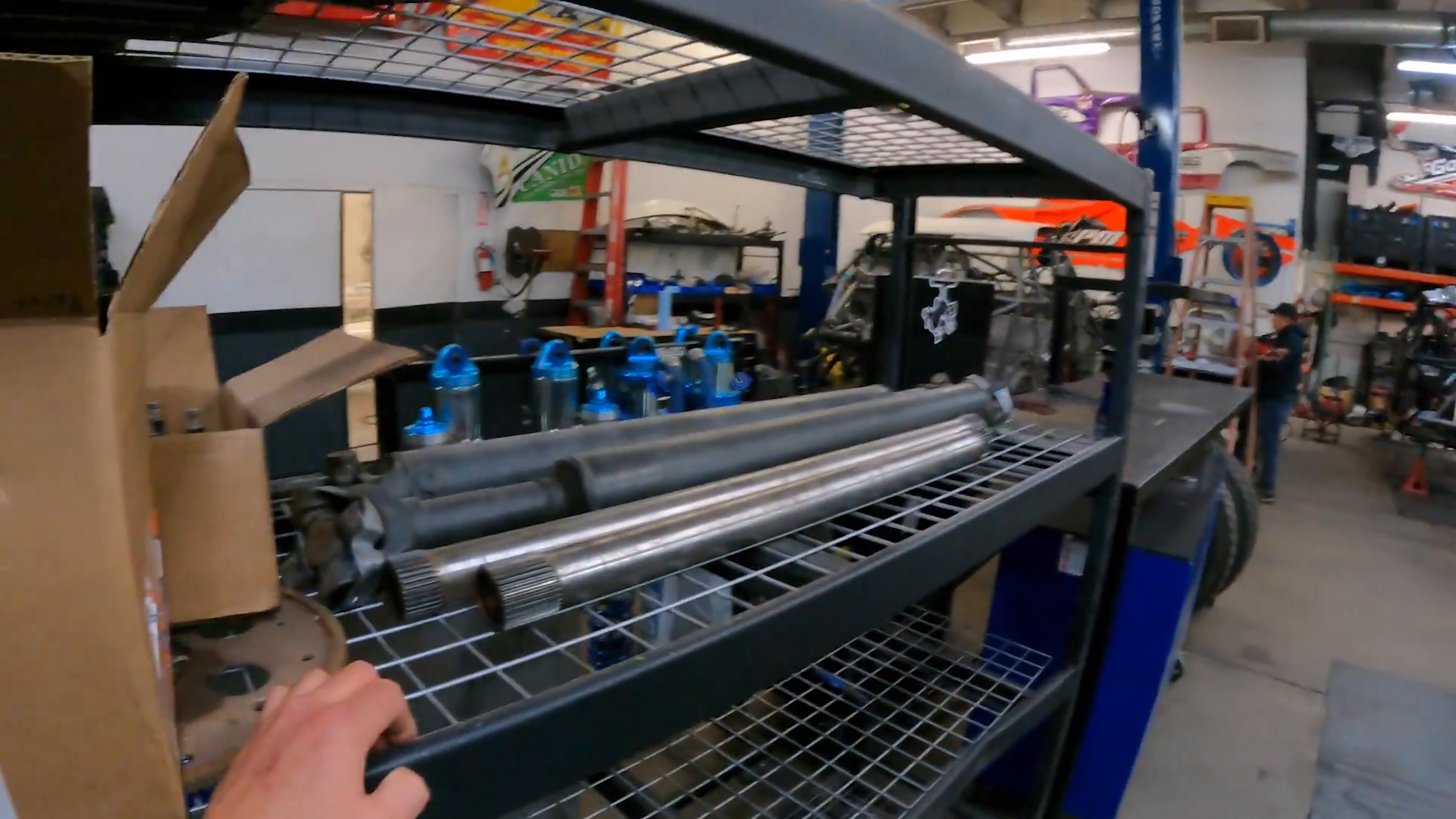
- Define Your Purpose: Decide if you want your prerunner for recreational use, competitive racing, or a mix of both. This will influence your design decisions.
- Budget Wisely: Prerunners can be costly, especially when incorporating high-end components. Allocate your budget to prioritize key areas such as suspension and engine performance.
- Choose Quality Parts: Invest in reputable brands and components known for durability and performance. Quality parts can make a significant difference in the vehicle’s capability and longevity.
- Get Expert Help: Collaborate with experienced builders or join off-road clubs to gain insights and support throughout your build.
Current Trends in Prerunner Culture
The prerunner scene continues to evolve, driven by new technologies and changing consumer preferences. Some popular trends include:
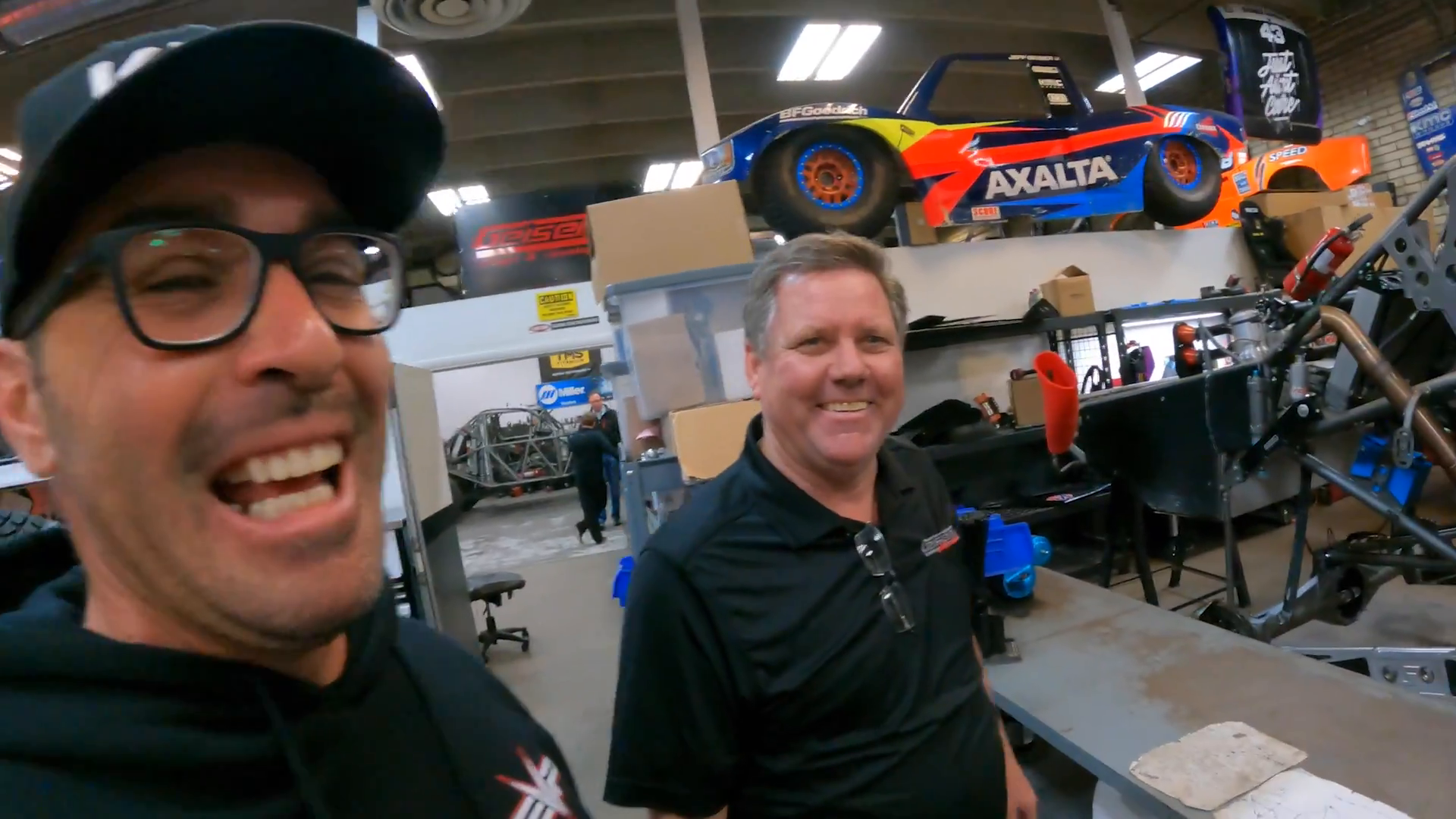
- Electrification: As electric vehicles gain traction, the off-road community is exploring electric prerunners for their silent operation and torque advantages.
- Customization: Personalization remains a cornerstone of prerunner culture, with enthusiasts adding unique designs, decals, and features to reflect their individual style.
- Technology Integration: Advanced navigation systems, cameras, and telemetry are becoming standard, providing drivers with real-time data and enhanced safety features.
Comparing Prerunners and Trophy Trucks
While prerunners and trophy trucks share many similarities, they also have distinct differences:
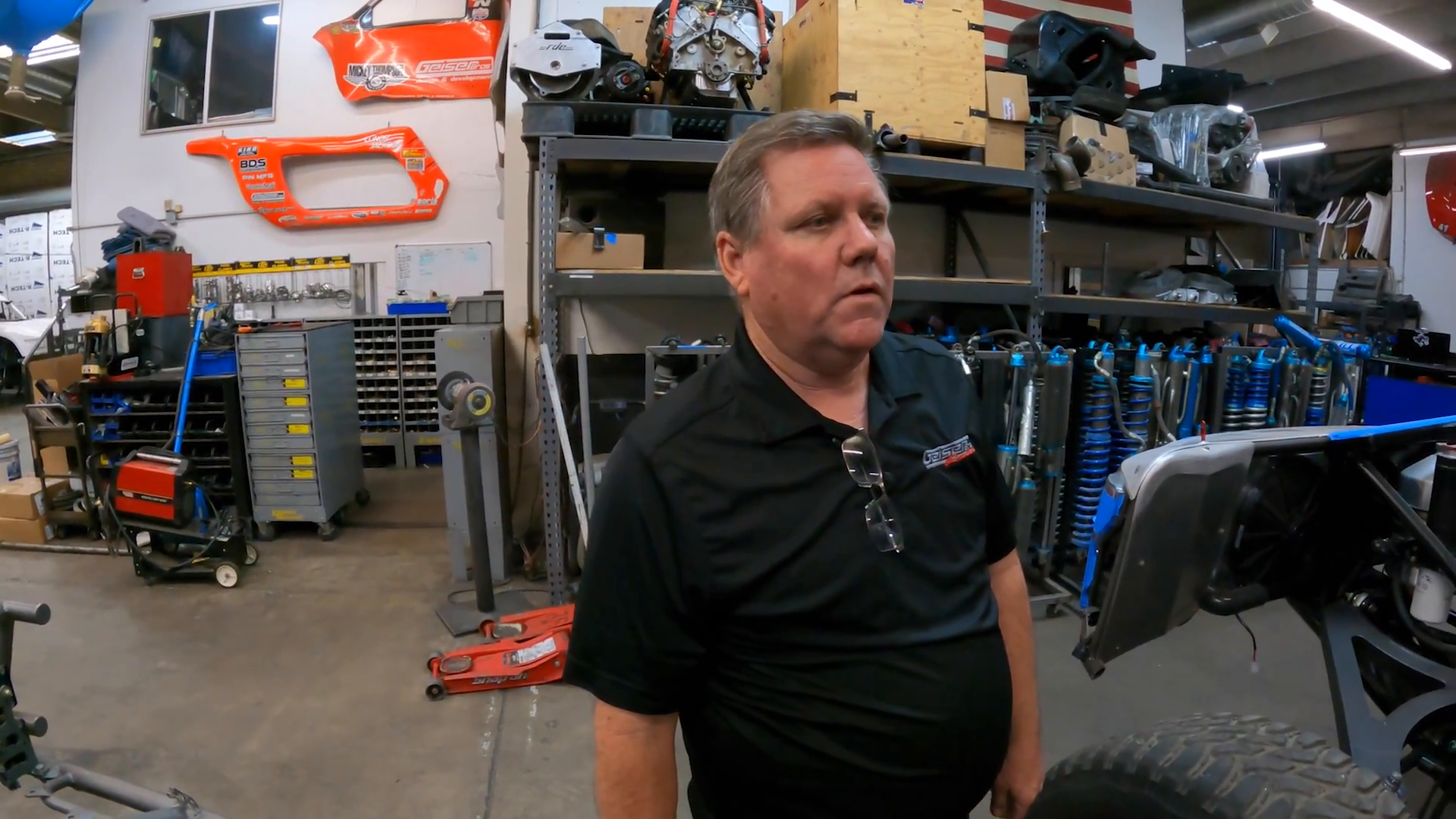
- Purpose: Prerunners are primarily used for course recon and recreational driving, while trophy trucks are built for competitive racing.
- Build Complexity: Trophy trucks often include more sophisticated and specialized components tailored for race conditions.
- Cost: Trophy trucks are typically more expensive to build and maintain due to their high-performance specifications.
Practical Takeaway
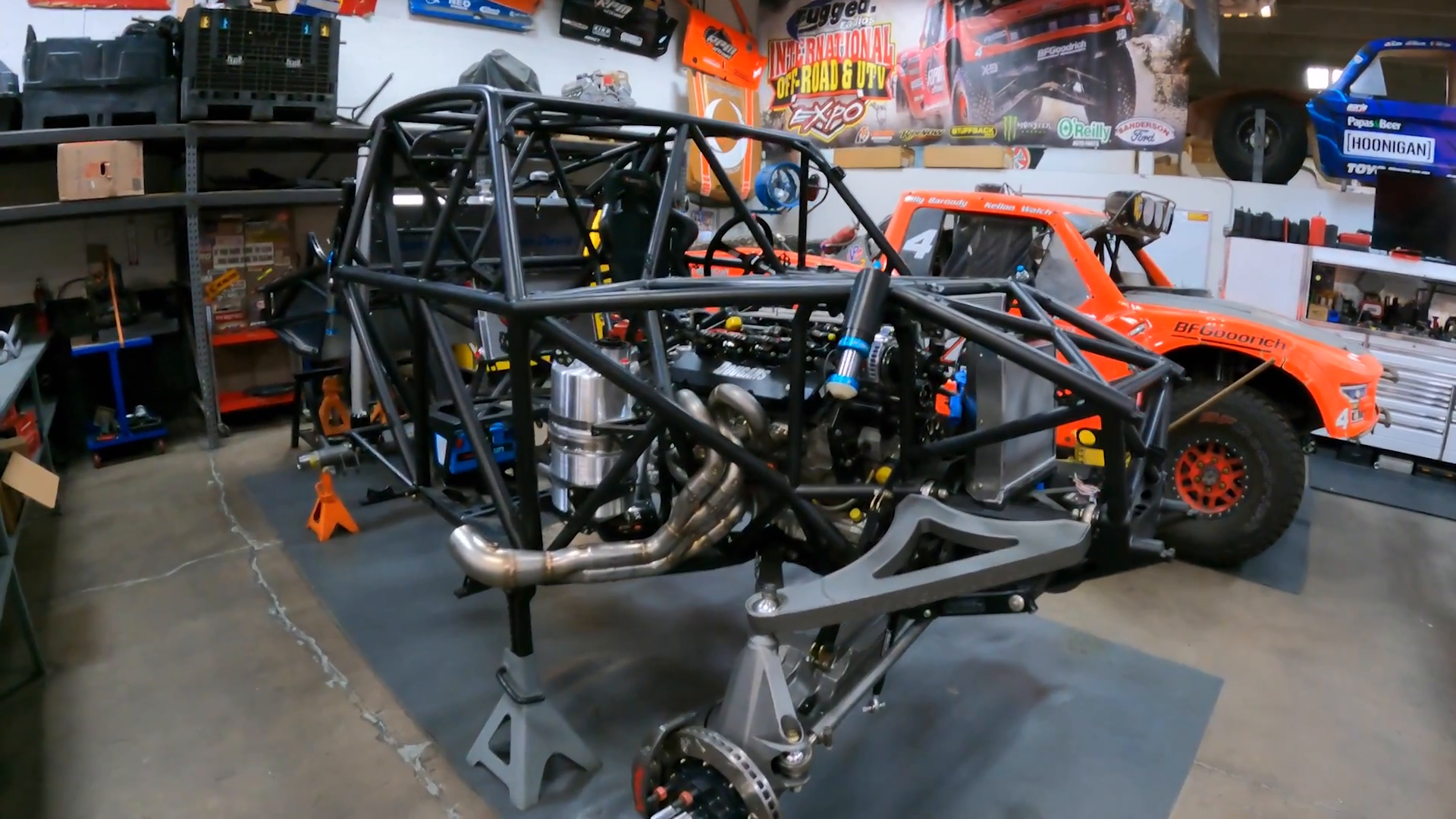
For those interested in joining the off-road community, prerunner trucks offer an exciting and challenging entry point. Whether you build your own or purchase a ready-made model, embracing the principles of engineering, innovation, and community will enhance your off-road journey. Remember, off-roading is as much about the adventure and camaraderie as it is about the vehicles themselves. So, gear up and hit the trails with the spirit of exploration and resilience.
Categorized in: Fabrication, Prerunners, Trophy Trucks